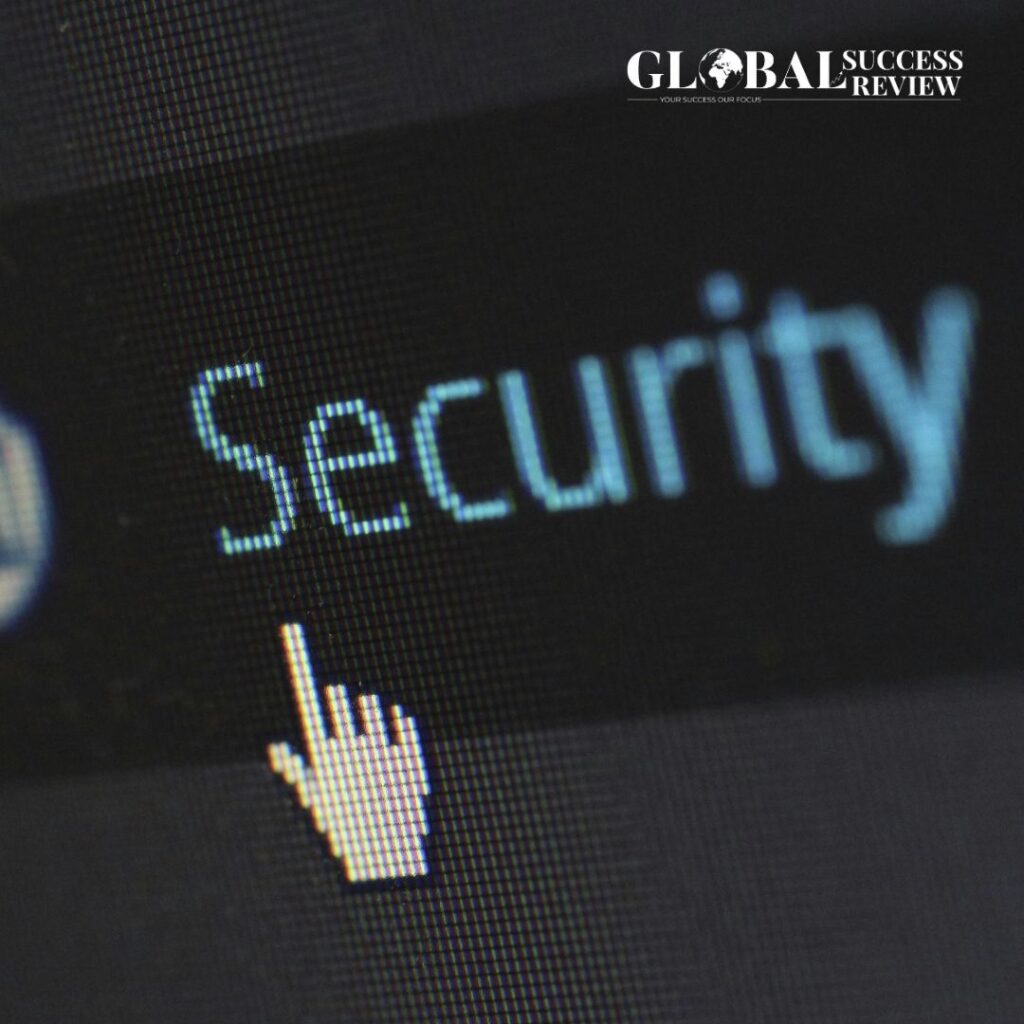In today’s hyper-connected world, where everything from your bank account to your refrigerator might be online, cybersecurity has become more than just a tech buzzword, it’s a necessity. As we increasingly rely on digital systems for our personal, professional, and societal needs, the threats we face in cyberspace grow more complex and dangerous. Cybersecurity, in its simplest form, is the practice of protecting systems, networks, and programs from digital attacks. But in practice, it’s a vast and evolving field that lies at the heart of modern life.
The Rising Threat Landscape
Cybercrime is one of the fastest-growing forms of criminal activity in the world. According to a report by Cybersecurity Ventures, global cybercrime damages are expected to reach $10.5 trillion annually by 2025. This is not surprising considering the variety of threats that exist today: malware, phishing attacks, ransomware, identity theft, data breaches, and even cyber warfare.
Ransomware attacks, for example, have grown both in frequency and impact. Hackers infiltrate a system, encrypt the data, and demand payment in cryptocurrency to release it. These attacks target everyone from small businesses and hospitals to large corporations and even government agencies. A single attack can paralyze critical infrastructure, leak sensitive information, and cost millions of dollars in damages.
Why Cybersecurity Matters
Cybersecurity is not just about technology, it’s about trust. Whether it’s customers trusting an e-commerce platform with their credit card information or employees trusting a company’s internal systems with their personal data, security is the foundation of every digital interaction.
For businesses, poor cybersecurity can mean more than just financial losses. It can lead to reputational damage, legal consequences, and loss of customer loyalty. For individuals, it can result in stolen identities, financial ruin, and emotional distress.
Moreover, as nations become increasingly reliant on digital infrastructure, from power grids to national defense systems, the risk of cyberattacks with geopolitical consequences grows. Cybersecurity is now seen as a matter of national security.
The Human Factor
One of the most underestimated aspects of cybersecurity is the human factor. Despite all the advanced software and security protocols, human error remains a top cause of breaches. Weak passwords, clicking on suspicious links, or failing to update software can open doors for attackers.
That’s why cybersecurity isn’t just a job for IT departments. It’s a shared responsibility. Education and awareness are critical. Organizations are increasingly investing in training programs to educate employees about cyber hygiene, how to spot phishing attempts, create strong passwords, and report suspicious activities.
Emerging Trends in Cybersecurity
As technology evolves, so do the tools and strategies to combat cyber threats. Here are a few trends shaping the future of cybersecurity:
- Artificial Intelligence (AI) and Machine Learning (ML): AI is being used to detect anomalies in real-time, automate threat responses, and predict potential attack vectors based on historical data.
- Zero Trust Architecture: This approach assumes that threats could come from inside or outside the network. Instead of trusting users by default, it requires continuous verification of identity and access permissions.
- Cloud Security: With businesses migrating to cloud platforms, securing cloud environments has become a top priority. Encryption, secure access controls, and regular audits are essential.
- Cybersecurity Mesh: This is a flexible, modular approach that integrates widely distributed security services and tools, making it easier to manage in complex digital ecosystems.
- Regulations and Compliance: Governments around the world are introducing stricter regulations around data privacy and cybersecurity. Laws like the GDPR (General Data Protection Regulation) and CCPA (California Consumer Privacy Act) are reshaping how organizations handle user data.
The Role of Individuals
While governments and corporations are responsible for large-scale cybersecurity infrastructure, individuals also play a crucial role in creating a secure digital environment. Here are some basic practices everyone should follow:
- Use strong, unique passwords and change them regularly.
- Enable two-factor authentication wherever possible.
- Keep software and devices updated.
- Be cautious with emails and links from unknown sources.
- Back up important data regularly.
Looking Ahead
The future of cybersecurity is both challenging and promising. As our dependence on technology deepens, with developments like the Internet of Things (IoT), 5G, and artificial intelligence, the attack surface continues to grow. But so does the innovation in defensive strategies.
Ultimately, cybersecurity is a dynamic, ongoing effort. It requires collaboration between governments, businesses, cybersecurity professionals, and everyday users. In a world where data is power, protecting that data is not optional, it’s essential.
In the digital age, cybersecurity is the invisible shield that protects not just our systems, but our way of life.



















